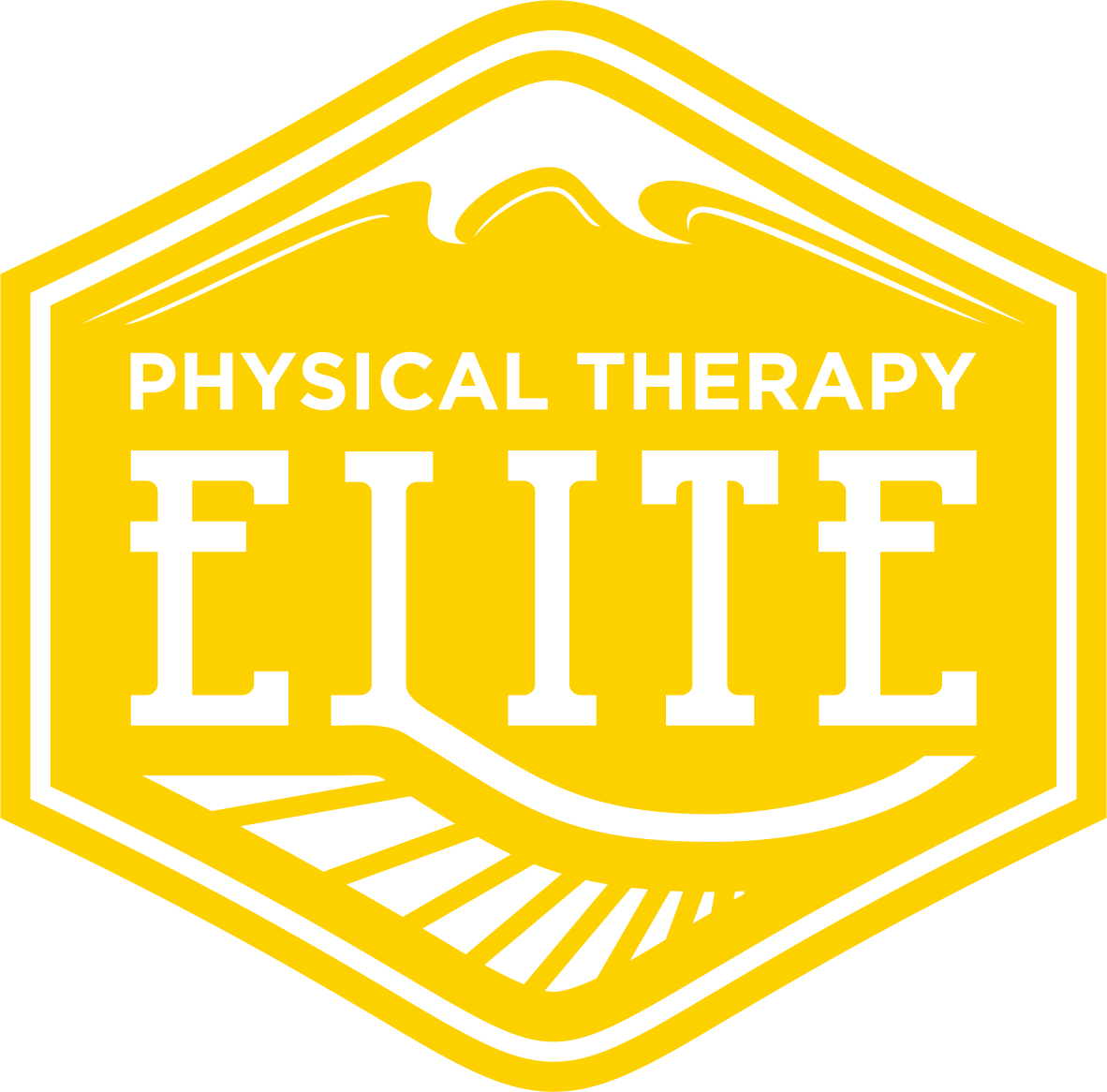Many of you know the importance of strength training for skiing. Whether you do it because you know it decreases your risk of injury, or simply because your legs don’t get as sore, you understand that there are benefits. Many skiers are fearful of tearing their ACL which is unfortunately quite common in this sport. With knee injuries constituting 30-35% of ski related injuries, and lower leg injuries making up 20-25%, you can see why taking steps to make yourself more resilient to injury is important to enjoying all of the fun that powdery turns bring.
However, the buck doesn’t stop with just strength training. While it is undoubtedly an essential aspect of ski preparation and decreasing your risk of sustaining injury, there is another aspect of training that is often overlooked or neglected completely.
Numerous research over the last 5 years has shown that risk of ACL injury can be greatly reduced (up to 50%) in neuromuscular training programs that emphasize landing techniques, core stability, balance, and proprioception. Being strong is great, but being strong with poor mechanics and movement patterns isn’t as helpful.
In a fast moving and dynamic environment such as alpine skiing, the forces and torques placed upon joints and muscles can be extreme. While you’re strength may be adequate to handle these forces, if you lack the motor control to channel those forces in the right pattern or direction, injury may be lurking around the corner.
A few examples to look for:
Medial knee collapse during box jumps (jumping up or landing)
Medial knee collapse during single leg movements or plyometrics (step ups, eccentric step downs, single leg squats, lunges)
Hip drop during single leg movements or plyometrics
Poor mechanics with squats and hip hinge
Inability to differentiate squat and hip hinge patterns
Make sure that part of your ski preparation includes work on landing mechanics and proprioception, and that they are practiced several times per week. If you are unsure of what your mechanics look like, please ask a skilled and knowledgeable source for feedback such as your strength coach or physical therapist. If you need help diagnosing or treating these areas please come see us at Physical Therapy Elite. Here’s to deep powder turns and a healthy ski season....see you on the slopes!

